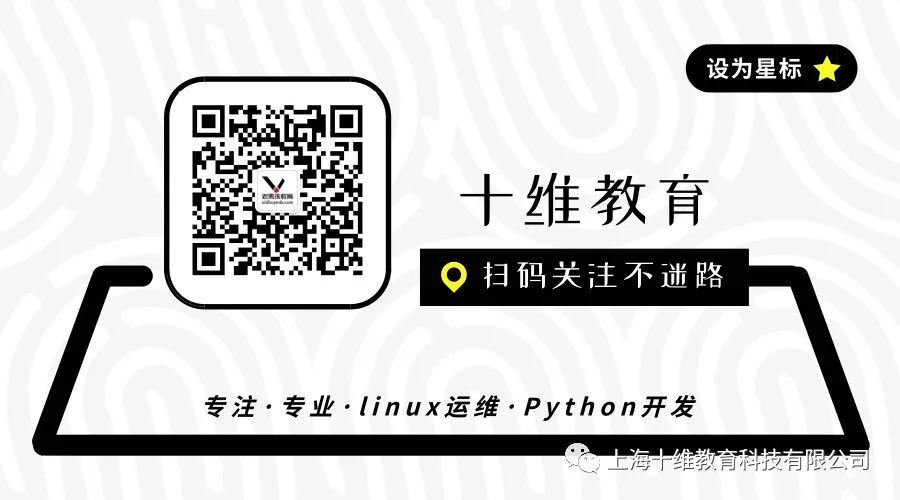1. How to Quickly Understand What Linux Is
| Differences Between Linux and Windows |
When people use computers for listening to music, playing games, or handling daily work, they most often encounter the Windows operating system. Without installing Windows, computers cannot perform entertainment or work functions, as all software programs must run on an operating system. However, the operating system that most people commonly use is the personal version, known as the desktop version.Like the Windows operating system, Linux is also an operating system software, but it is an enterprise-level server operating system.
Linux, like the Windows we are familiar with, is an operating system, but the differences are:
Windows:Paid, not open-source, mainly used for daily office tasks, gaming, and entertainment.Linux:Free, open-source, mainly used in the server field, with stable performance and security.For example:Internet companies like Taobao, Baidu, Tencent, etc., all use Linux systems for their servers.

| Advantages of Linux |
1. The Linux system is compatible with Unix systems and possesses almost all excellent features of Unix.2. The Linux system is based on the GNU license (GNU is Not Unix), with open-source programs that can be freely modified.3. The Linux system is based on the GPL general license, free, open-source, can be modified at will, propagated freely, without any copyright restrictions.4. The Linux system is compatible with x86 architecture, and is efficient, stable, reliable, and secure.5. The Linux system has a complete multi-user, multi-tasking, multi-process, and multi-CPU system.6. The Linux system has a large number of third-party free applications, sufficient for small and medium-sized enterprises.
2. What Skills Can Be Mastered After Learning?
After completing the Linux cloud computing operation and maintenance course, you can master the following:
1) Basic operation and maintenance capabilities for small and medium-sized enterprise servers and automated operations, such as: E-commerce, gaming, finance, logistics, etc.2) Database operation and maintenance capabilities for small and medium-sized enterprises, vital systems for organizations, such as: banks, finance, e-commerce, etc.3) Public cloud operation and maintenance capabilities for small and medium-sized enterprises, such as: Alibaba Cloud, Tencent Cloud, AWS, Google Cloud, etc.4) Cluster architecture maintenance capabilities for small and medium-sized enterprises, such as: maintenance and implementation of architectures with hundreds or thousands of machines.5) Code release capabilities for small and medium-sized enterprises, such as: how to quickly iterate projects across hundreds of servers.6) Construction and operation of private cloud platforms for enterprises, such as: building enterprise internal private clouds, testing environments, development environments, pre-launch environments, etc.7) Ability to solve various problems that arise during operation and maintenance, such as: slow website access, data recovery, business expansion, DDoS attacks, etc.
Some may wonder: why are all the competencies for small and medium-sized enterprises? Can’t they also handle operations for large and medium-sized companies?
After completing the course, what level can you reach, or how much can you earn? It is recommended to check platforms like Lagou, Boss Zhipin, and student offers.
3. What Basic Knowledge Is Required to Learn Linux?
1) University English Level 62) RHCE, RHCA certification3) Computer engineer certification4) Basic programming in C language5) Basic programming in Java6) Basic programming in Python7) Logical thinking ability for coding8) Network engineer certification: CCNA, CCNP, CCIE9) Bachelor’s degree from 985 or 211 universities10) Master’s, graduate, or doctoral degrees are excellent
These conditions are non-existent; I don’t meet any of them.
In fact, to learn Linux, you only need to meet the following two conditions:
1) Recognize the 26 English letters2) Recognize Chinese characters
4. History of Linux Development
Since it’s history, let it remain history. We are here for the Linux operation and maintenance engineer course, not a history class, so we only need to understand it. When we go out to work, we are not tour guides and do not rely on history for income.
Although history is not important, we still need to know some key figures in the development of Linux.
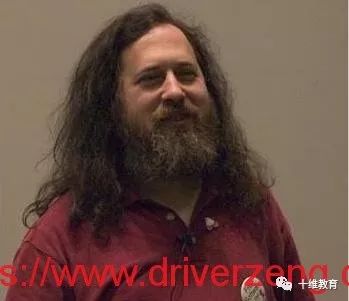
Father of Free Software, Richard M. Stallman, 1984 GNU organization copyleft, opensource free, GPL
Copyleft: represents no copyright.Copyright: represents having copyright.
Opensource free: source code open, software can be used by anyone, can be propagated by anyone, can be redeveloped by anyone, protected by the GPL agreement.
GPL: General Public License agreement, if software is labeled GPL, anyone can modify this software, but after modification, they must publish the source code to better carry it forward. (80% of the software in Linux is provided by GPL)

Father of Linux, Linus Torvalds, 1991 Linux kernel
The Linux kernel is released under the GPL agreement, and the kernel is also open source. With the addition of the kernel, the entire GNU system is further improved. In fact, the complete name of Linux should be: GNU/Linux, GNU software plus the Linux kernel. Linux kernel website Journey of Linux experts in China. Click here
5. Common Linux Distributions
What we now refer to as Linux actually refers to distributions (Distribution version), which is an operating system constructed using the Linux kernel along with various GNU library files and applications.
| Introduction to Linux Distributions |
Redhat 1993, compiled the Linux kernel and installed the corresponding software for distribution.
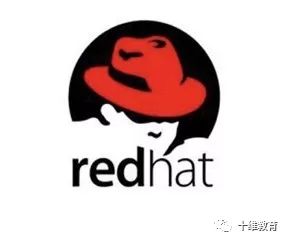
CentOS community enterprise-level operating system, modified from Redhat, completely open source.
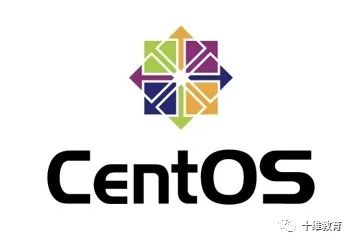
Ubuntu community-maintained, now mainly focuses on mobile systems and desktop systems.
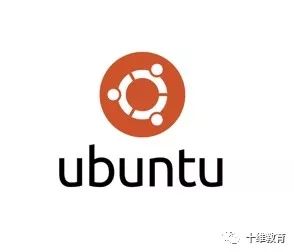
6. Application Areas of Linux
Enterprise Servers: Providing open-source WEB, database, load balancing, storage, and other architectures for small and medium-sized enterprises. This reduces the operational costs for enterprises, and there is no need to worry about system stability, security, or commercial software copyright and payment issues.Desktop Systems: Daily office tasks, sending and receiving emails, document editing, multimedia applications.Embedded Development: Smartphones, routers, ordering systems, vending machines, etc.

The Old Boys Shanghai campus is currently enrolling, act quickly.
If you want to learn, then join us?
Welcome to your arrival!
Linux Course, Python Course —— are the flagship courses of Shanghai Old Boys IT Education.
Currently, the Shanghai campus offers full-time Python full-stack classes, elite weekend Python classes, online Python courses; weekend Linux classes, full-time Linux classes, online Linux courses. As long as you have dreams, we help you achieve them!
Course content is constantly updated and upgraded, aiming to: help ambitious young people obtain decent jobs and lives through hard work.
July Class Opening Information
Linux Full-time 6th Term, Python Full-time 11th Term
These classes are opening in July!
If you have any thoughts or questions, feel free to leave a message to me.
Did you gain something from reading this article? Then share it with more people!
Long press the QR code below to follow me!
